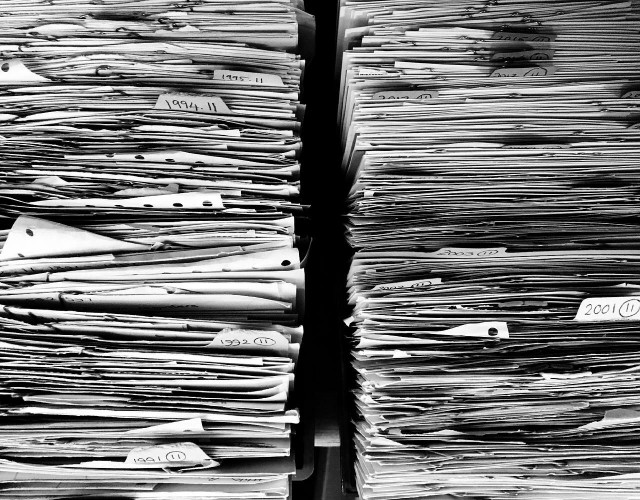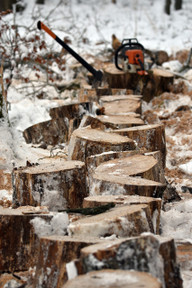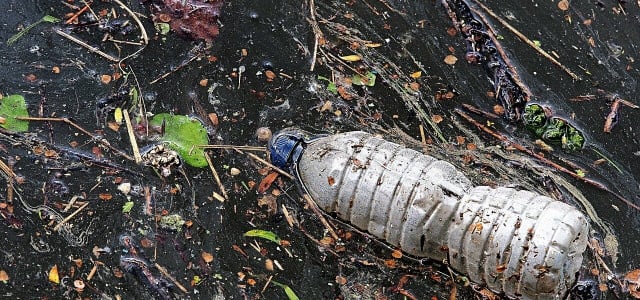Is paper biodegradable? The answer is yes, but there are some exceptions. Read on to learn about when paper is biodegradable, and when it’s not.
When a substance is biodegradable, it decomposes naturally when it comes into contact with sunlight and oxygen, releasing valuable nutrients back into the earth and leaving no waste behind. We’ll take a closer look at whether paper is biodegradable, and its environmental impact.
Is Paper Biodegradable?

Yes, paper is biodegradable! Most paper is made from wood pulp, which is a 100 percent natural material. The natural process of biodegradation for paper takes between two to six weeks. As you know from your daily life, paper will last for years if you store it in a dry place away from sunlight — but in more ‘natural’ conditions outdoors, paper will degrade in pretty much every environment, whether in the ocean or on a field.
Are There Exceptions?



While most paper is biodegradable, there are a number of paper materials that may not be. For example, paper materials that contain a plastic lining may not be biodegradable. Some examples:
- takeaway coffee cups
- milk cartons
- parchment or greaseproof baking paper
- wrapping paper made with glitter or plastic
Other paper materials may be biodegradable, but will take much longer to break down. This is mainly due to the chemical treatment applied to the paper materials, such as bleaching and coloring, which impact the paper’s natural components. Some examples include toilet paper, magazines, or newspapers. Paper magazines, for example, can take up to 12 months to biodegrade.
Is Paper Environmentally Friendly?



Because paper is biodegradable and can decompose quickly, leaving no waste behind, it seems to be an environmentally friendly alternative to the likes of plastic materials.
Deforestation
However, paper is not without its environmental problems. Paper production contributes to deforestation. Every year, there are an estimated 15 billion trees chopped down for various purposes, one of which is wood dedicated for the production of paper materials. Sources don’t agree on how much of deforestation is caused by demand for paper. According to theworldcounts.com, 42 percent of all wood harvesting across the world is used for paper production. The Union of Concerned Scientists, on the other hand, points out that so-called wood products, of which paper is only one example, account for around 10 percent of deforestation. The National Academy of Engineering argues that about 14 percent of harvested wood is used for paper (and pulp). Note that wood harvesting is not the same thing as deforestation — it is just one trigger thereof. Forest fires and climate change in general for example are other, arguably bigger, causes of deforestation.
Recycling
Paper can also be easily recycled. But the process of recycling paper requires water (if less than the production of new paper), is often dependent on fossil fuels, and uses vast amounts of carbon energy from the grid to power the machines needed to recycle paper waste.
Nonetheless, paper is still an environmentally friendlier material to use compared to single-use items, such as plastic. We recommend opting for paper-based materials and products where you can, and make sure to reuse and finally recycle all paper waste responsibly later on in order to keep the environmental impact of our paper usage to a minimum.
Read on:
- 9 Paper-Saving Tips You Can Easily Implement
- Can You Recycle Wrapping Paper?
- Bioplastics: How Green and Sustainable Are They?
Do you like this post?









